Nationality German Name Philipp Bouhler | Rank Obergruppenfuhrer Spouse(s) Helene "Heli" Majer | |
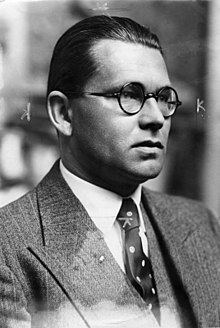 | ||
Political party National Socialist German Workers' Party (NSDAP) Died May 19, 1945, Dachau, Germany Books ADOLF HITLER A SHORT SKETCH OF HIS LIFE | ||
Philipp Bouhler (11 September 1899 – 19 May 1945) was a senior Nazi Party official who was both a Reichsleiter (National Leader) and Chief of the Chancellery of the Führer of the NSDAP. He was also an SS-Obergruppenführer in the Allgemeine SS who was responsible for the Nazi Aktion T4 euthanasia program that killed more than 70,000 handicapped adults and children in Nazi Germany, as well as co-initiator of Aktion 14f13, also called "Sonderbehandlung" ("special treatment"), that killed 15,000–20,000 concentration camp prisoners.
Contents

Bouhler was captured and arrested on 10 May 1945 by American troops. He committed suicide on 19 May 1945 while in the U.S. internment camp at Zell am See in Austria.
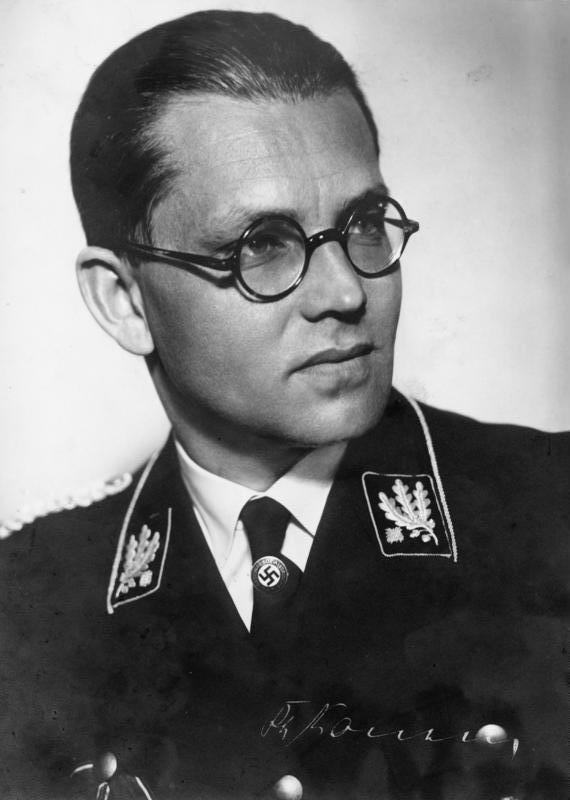
Early life
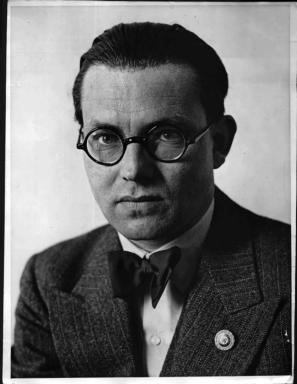
Bouhler was born in Munich, to a retired colonel, and spent five years in the Royal Bavarian Cadet Corps. He took part in the First World War and was badly wounded. From 1919 to 1920, he studied philosophy for four semesters and in 1921 became a contributor in the publishing house that put out the newspaper Völkischer Beobachter.
Nazi functionary
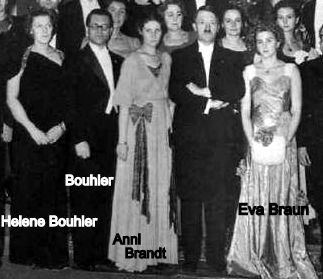
He joined the Nazi Party (NSDAP) in July 1922 with membership number 12. By autumn 1922 he had become deputy manager of the NSDAP. After the failed Beerhall Putsch in Munich and the subsequent refounding of the party in 1925, he became Reich Secretary of the NSDAP. After the seizure of power in 1933, he became a Reich Leader and Member of the Reichstag for Westphalia. He joined the SS in the rank of Gruppenführer on 20 April 1933 with membership number: 54,932. On 30 January 1936, Bouhler was promoted to the rank of Obergruppenführer.
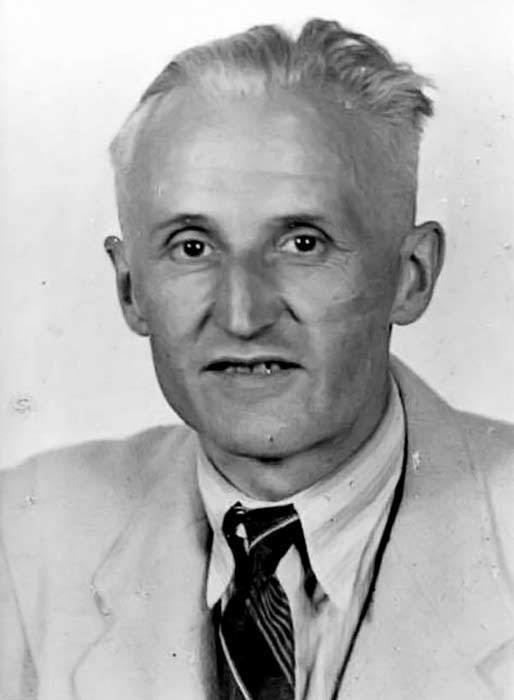
In August 1934, Bouhler became police chairman of Munich, and only a month later, he was appointed chief of Adolf Hitler's Chancellery, a post specially created on 17 November 1934 that was first and foremost set aside for party business. He held that position until 23 April 1945. In this job, for instance, secret decrees might be prepared, or internal business managed, before being brought before Adolf Hitler. Moreover, Bouhler was chairman of the "Official Party Inspection Commission for the Protection of National Socialist Literature" (Der Chef der Kanzlei des Führers und Vorsitzender der Parteiamtlichen Prüfungskommission zum Schutze des NS-Schrifttums), which determined what writings were and were not suitable for Nazi society.
Bouhler's office was responsible for all correspondences for Hitler which included private and internal communications as well as responding to public inquiries (for example, requests for material help, godfathership, jobs, clemency, NSDAP business and birthday wishes). His personal adjutant was SS-Sturmbannführer Karl Freiherr Michel von Tüßling. By 1944, much of the functions of the Kanzlei des Führers were absorbed by the Party Chancellery (Parteikanzlei) under Martin Bormann.
War crimes
Bouhler was responsible for the killing of disabled German citizens. By order of Hitler (backdated to 1 September 1939), Bouhler with Karl Brandt developed the Nazis' early euthanasia program, Aktion T4 in which mentally ill and physically handicapped people were killed. The actual implementation was supervised by Bouhler. Various methods of killing were tried out. The first killing facility was Schloss Hartheim in Upper Austria. The knowledge gained from the euthanasia program was later applied to the industrialized annihilation of other groups of people, such as Jewish people.
In 1941 Bouhler and Heinrich Himmler initiated Aktion 14f13. Bouhler instructed the head of the Hauptamt II ("main office ll") of Hitler's Chancellery, the Oberdienstleiter Viktor Brack to implement this order. Brack was already in charge of the various front operations of T4.
The scheme operated under the Concentration Camps Inspector and the Reichsführer-SS under the name "Sonderbehandlung 14f13". The combination of numbers and letters was derived from the SS record-keeping system and consists of the number "14" for the Concentration Camps Inspector, the letter "f" for the German word "deaths" (Todesfälle) and the number "13" for the means of killing, in this case, for gassing in the T4 killing centers. "Sonderbehandlung" ("special action"—literally "special handling") was the euphemistic term for execution or killing.
In 1942, Bouhler published the book "Napoleon – Kometenbahn eines Genies" (Napoleon – A Genius's Cometary Path), which became a favorite of Hitler's. He had also published a National Socialist publication Kampf um Deutschland (Fight for Germany) in 1938.
Death
Bouhler and his wife, Helene, were arrested by American troops at Schloss Fischhorn in Bruck near Zell-am-See on 10 May 1945. Thereafter, both committed suicide. His wife Helene jumped from a window at Schloss Fischhorn. On 19 May 1945, Bouhler used a cyanide capsule while in the US internment camp at Zell-am-See. The couple had no children.
